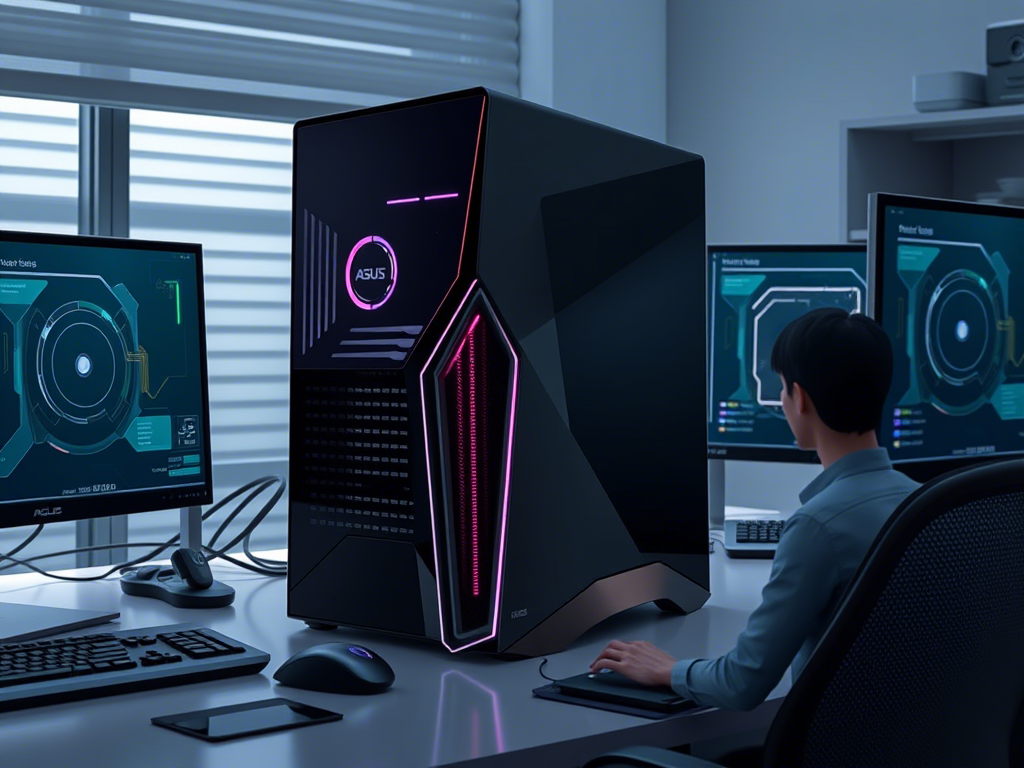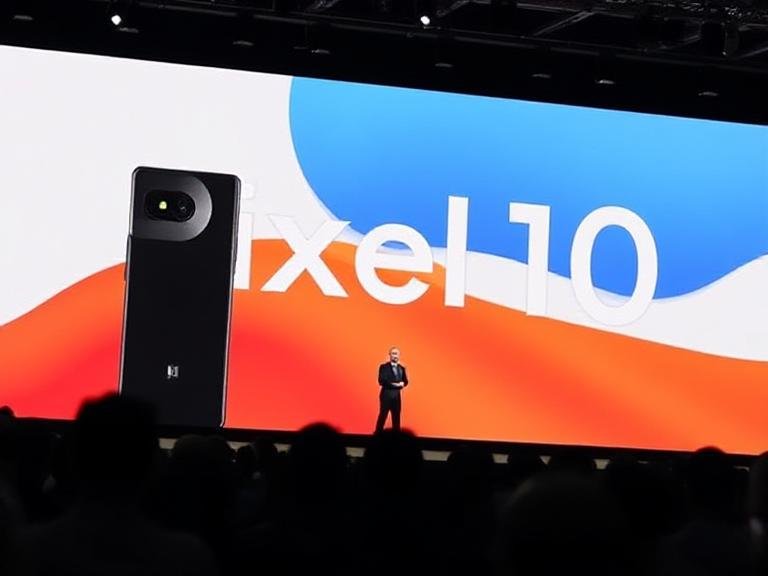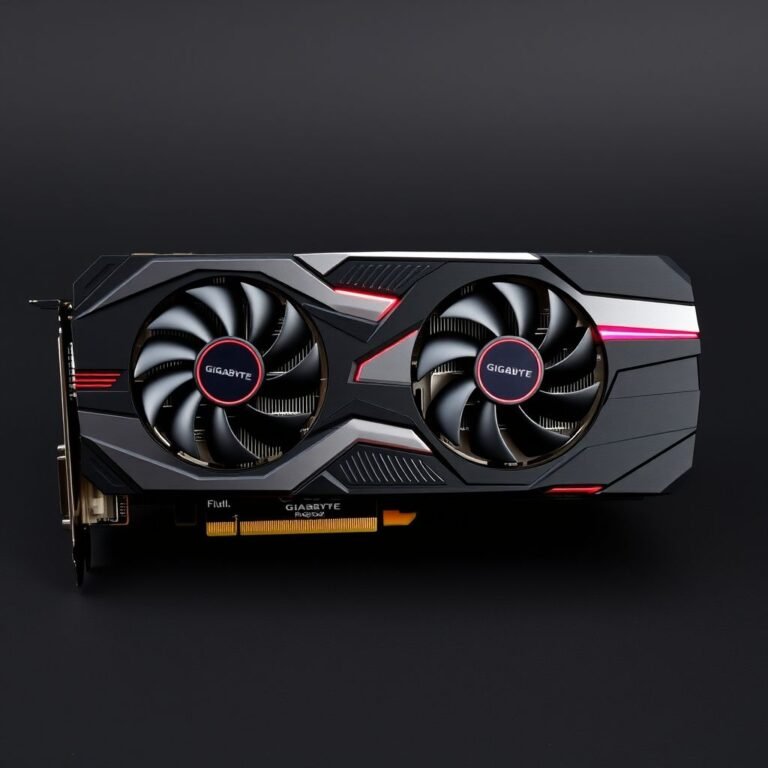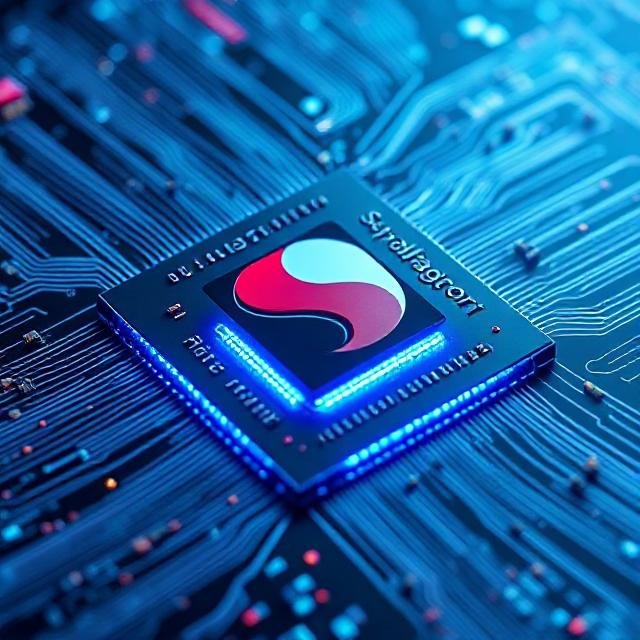
Nvidia Enters the Desktop Market: Asus Unveils Ascend GX10 Featuring Grace Blackwell Chip
According to an invitation from ASUS , which was shared online and spotted by VideoCardz , systems based on Nvidia’s GB10 Grace Blackwell platform will begin launching starting July 22 . Among them is the newly updated Asus Ascend GX10 mini-PC , set to make its official return on that date.
However, while the event announcement gives a clear release timeline, it doesn’t reveal much about pricing or exact availability details. These points were briefly mentioned earlier by Nvidia , but no firm numbers or global release plans have been confirmed yet.
The promotional flyer from ASUS reads:
“Asus Ascent GX10 Product Launch : Discover the power of the compact Asus Ascent GX10. Learn about its key advantages and how it empowers AI development. Nvidia Keynote Speaker : Hear from an Nvidia expert on the cutting-edge features of DGX Spark Software Stack – and how they are redefining AI performance.”
This description makes it clear — the Asus Ascend GX10 isn’t just another small-form-factor PC. It’s being marketed as a serious tool for AI development , placing it firmly in the territory of workstations and edge AI devices .
In other words, this system aims to bring high-performance computing and AI capabilities into a compact, desktop-friendly design — all powered by Nvidia’s latest Grace Blackwell architecture .
Nvidia’s GB10 Grace Blackwell Superchip is a system-in-package (SiP) that combines a high-performance Grace CPU with a next-gen Blackwell GPU , all in one compact unit. The CPU features 10 powerful Arm Cortex-X925 cores clocked up to 3.90 GHz , paired with 10 energy-efficient Cortex-A725 cores , delivering a balance of speed and efficiency.
On the graphics side, the Blackwell GPU is capable of pushing up to 1 PetaFLOPS of FP4 compute performance , making it a beast for AI and machine learning tasks. The package also includes 128GB of unified LPDDR5X memory via a 256-bit bus , offering bandwidth speeds of up to 273 GB/s — performance levels comparable to Apple’s M4 Pro chip.
🧠 Designed for AI Workloads
Nvidia markets the GB10 platform as a compact yet powerful solution for AI development , positioning it as a desktop-friendly alternative to full-scale data center hardware. Thanks to its unified memory architecture , massive FP4 throughput , and strong single-threaded performance, Nvidia claims this chip is ideal for running and training large language models (LLMs) , generative AI , and other heavy-duty applications on workstation or edge computing setups.
This makes the GB10 especially appealing for developers, researchers, and businesses looking to bring data-center-level AI power to their desks without needing massive cooling or infrastructure.
💸 Price Likely to Be a Barrier
Despite its impressive specs, the GB10-powered systems are expected to come with a premium price tag , though ASUS hasn’t confirmed exact figures yet. This isn’t surprising, given the chip’s advanced capabilities and target market.
📊 Leaked Geekbench Scores: Not All That Glitters Is Gold
However, not everything looks perfect under the hood. Leaked Geekbench scores suggest that in general-purpose computing tasks, the GB10 performs close to Qualcomm’s Snapdragon X Elite and near Apple’s M3 chip . While these numbers may not wow traditional PC enthusiasts, they shouldn’t be too surprising — the GB10 is clearly built for AI-focused workloads , where raw single-thread performance isn’t always the top priority.
Still, for users who expect a mix of both AI performance and general computing , these leaks could raise questions about real-world versatility.





